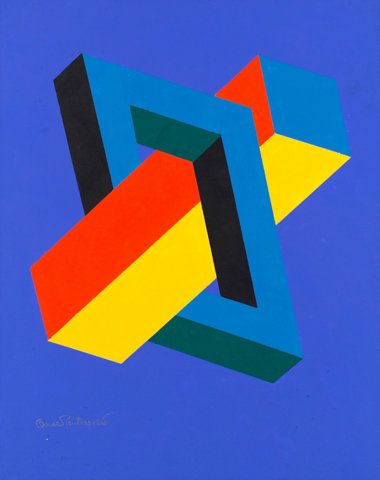
Josef Albers
He is interested in how colour exerts influence to other colour. In the book Interaction of Colour by Josef Albers, Published by Yale University Press, 2006 he mentions the flexibility of colour as it is “constantly related to changing neighbours and changing conditions” (Page 5) thus “a colour is almost never seen as it really is — as it physically is” (Page 1) due our visual fields that captures colours with its surroundings. One of his well known exploration of colour interaction and vision is the Homage to the Square series. He used an early method of which consist of paper cutouts, tracing papers as well as transparent sheets to mask out or reveal different colour interactions.
In terms his teaching methods, he utilise direct observation and self-discovery to allow students to be more aware towards their seeing. His exercises usually appear simple yet it enable students to discover for themselves.
Below is a record (without audio) of his teachings at Yale. As observed, his class is active and engaging as he lead students to see an ellipse from different angles.
The Logic and Magic of Colour – Transparence and Spatial Illusions by Josef Albers (January 19, 1966, University of South Florida, Tampa, Florida)
The Logic and Magic of Colour (Short Clip) – The Bezold Effect by Josef Albers
It is an optical illusion where a colour is affected from other surrounding colours. “There is a special kind of optical mixture, the Bezold Effect, named after its discoverer, Wilhelm von Bezold (1837–1907). He recognized this effect when searching for a method through which he could change the colour combinations of his rug designs entirely by adding or changing 1 colour only. Apparently, there is so far no clear recognition of the optical-perceptual conditions involved.“

Red on the left looks brighter as it interacts with white compared to the right one.
Notes from video below:
- Only a change of one colour and the graphics look different.
- The amount of proportion within the mixture makes different colours of the same ink.
The Logic and Magic of Colour Full Lecture (Without visuals)
While Josef Alber deals with colours in two dimension, his student Lois Swirnoff deals colour in three dimension together with light, space and perspective. Dimensional Colour (Second Edition) by Lois Swirnoff, Published by W.W. Norton & Company, 2003
Some main points noted:
- “Variation in hue and brightness can and do produce compelling experiences of outline, form and pattern in the two dimensional of extensity, but their correspondence to experiences of solidity, depth and distance is less precise.” (Page 20)
- “A colour interacting with its field will change appearance” (Page 29)
- “A coherent structure relates human experience with the environment and provides the implement for its understanding and manipulation.” (Page 30) Thus, it converts reality to illusion.
- “A vibration occurs when two hues of precise complementaries and equivalent brightness are placed in depth and observed through the window.” (Page 40)
- “Less rigorous or logical colour sequences give rise to a variety of spatial effects.” (Page 43) An example is when a bright colour is placed behind a less bright colour, the bright one would tend to advance to less bright one.
Mauritius Cornelis Escher
A famous graphic artist known for his Impossible Constructions Series as well as Transformation Prints. (Surprisingly, he does not belong to any movements.) I was particularly interested in the Impossible Constructions series as it questions people their perception of reality. However, there isn’t much information on the psychological aspects of his works.
Thus, my research was led to the discovery of another optical/visual illusion called the Impossible Figure/Object (as M.C. Escher was inspired by Oscar Reutersvärd’s Penrose). It is a two dimensional figure that subconsciously makes our visual system to interpret and see it as a three dimensional object of which it can’t be physically constructed. The exact definition from A Dictionary of Psychology
Oxford Quick Reference by Andrew M. Colman, Published by OUP Oxford, 2015 – Impossible Figure is a drawing or other representation of an object that could not exist in actual three-dimensional space. (Page 368)
A famous example is the Penrose Triangle by Oscar Reutersvärd (Father of Impossible Figure).

It is believed by psychologists that the “visual system follow the law of proximity” of which when no visible gap is seen between elements then it is “perceived as forming a totality and joining up”. (Macpherson, F. (2010) “Impossible Figures”, in the Sage Encyclopedia of Perception, edited by E. Bruce Goldstein, Thousand Oaks, California: Sage Publications, Inc.) Perspective also play a role in the creation of depth that adds to this illusion. Some of Oscar Reutersvärd works are below.

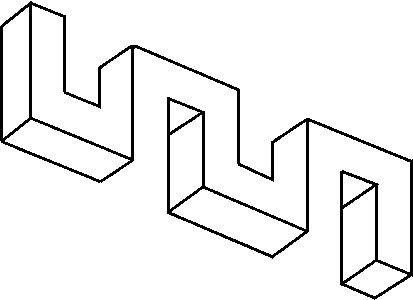



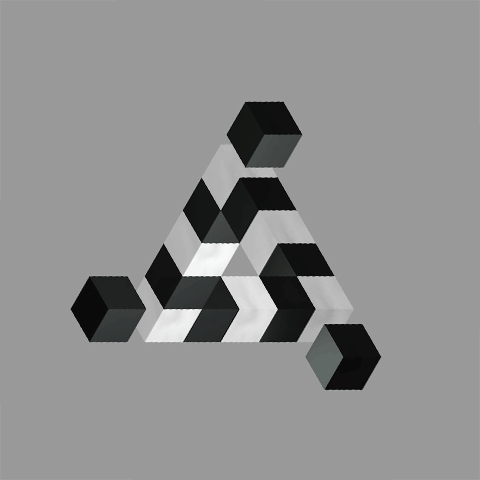
Graphic Designer Victor Amoda gif that links to this illusion
9 Squares
Additional inputs on this project (of which I’ve featured a few works in the previous post) as I felt that useful source for motions and illusions. Below is a compilation video from various artists.

This illusion really question as to what I’m seeing. I like simpleness of it yet at the same time, able to produce such effects. Below gif (in the middle of the 9 squares is the coloured version)

The coloured version in the middle cause more confusion to the eye compared to the B&W version
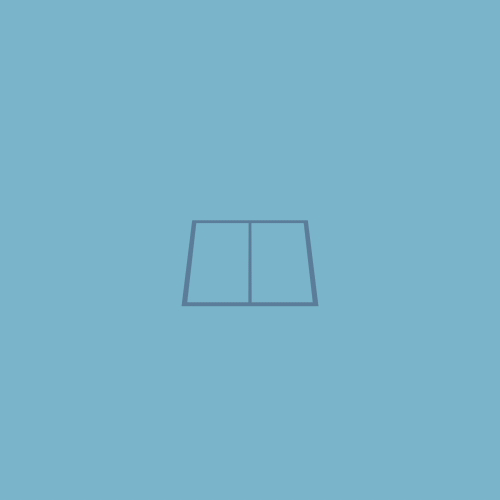
Plays with dimensional illusion
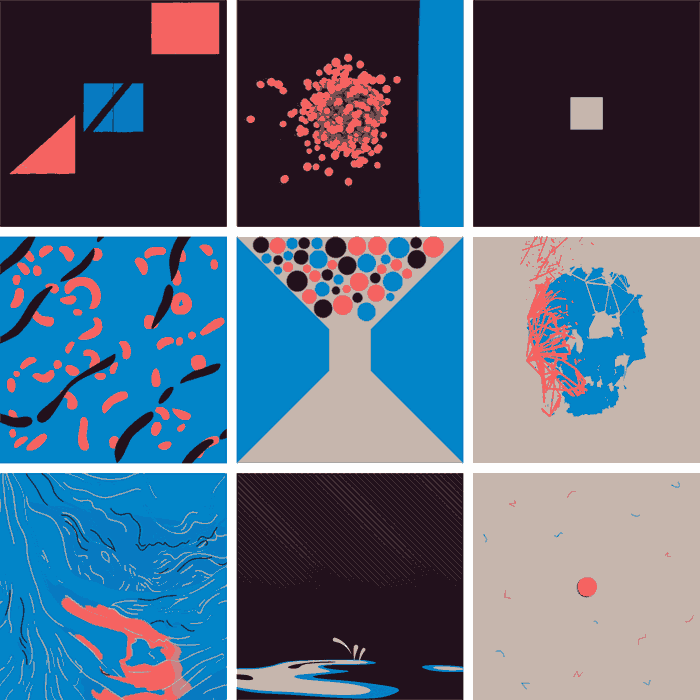
Love how the top right corner square interacts with its neighbouring (left) square while showing two different dimensions (3D & 2D)